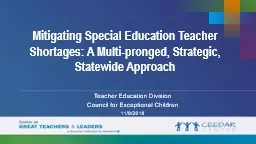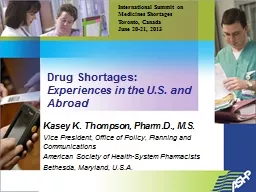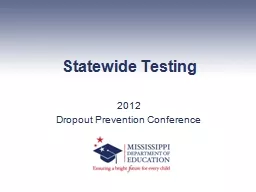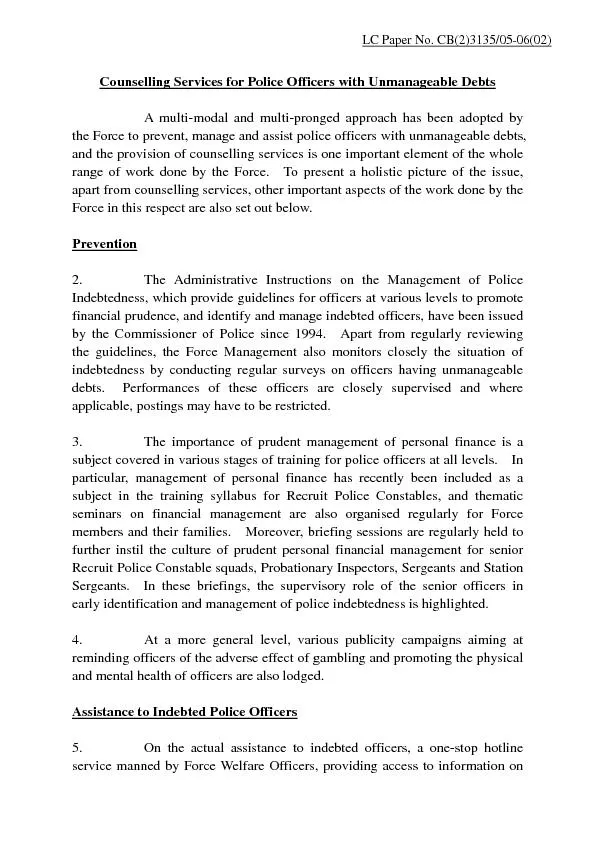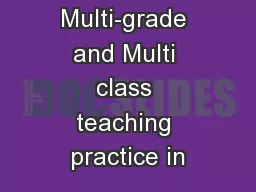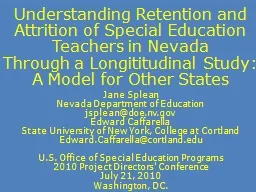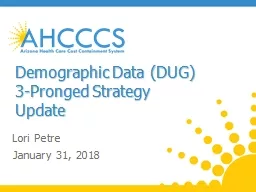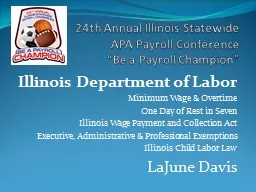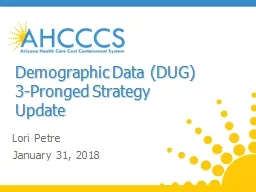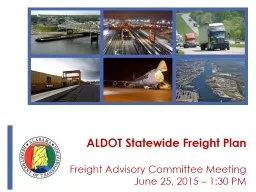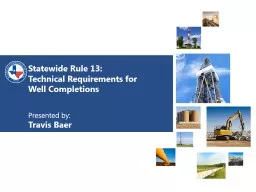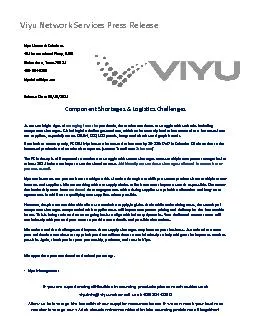PPT-Mitigating Special Education Teacher Shortages: A Multi-pronged, Strategic, Statewide
Author : pamella-moone | Published Date : 2018-11-17
Teacher Education Division Council for Exceptional Children 1182018 Presenters amp Moderator Moderator Dave Guardino OSEP Presenters Mary Brownell UF Lynn
Presentation Embed Code
Download Presentation
Download Presentation The PPT/PDF document "Mitigating Special Education Teacher Sho..." is the property of its rightful owner. Permission is granted to download and print the materials on this website for personal, non-commercial use only, and to display it on your personal computer provided you do not modify the materials and that you retain all copyright notices contained in the materials. By downloading content from our website, you accept the terms of this agreement.
Mitigating Special Education Teacher Shortages: A Multi-pronged, Strategic, Statewide: Transcript
Download Rules Of Document
"Mitigating Special Education Teacher Shortages: A Multi-pronged, Strategic, Statewide"The content belongs to its owner. You may download and print it for personal use, without modification, and keep all copyright notices. By downloading, you agree to these terms.
Related Documents

